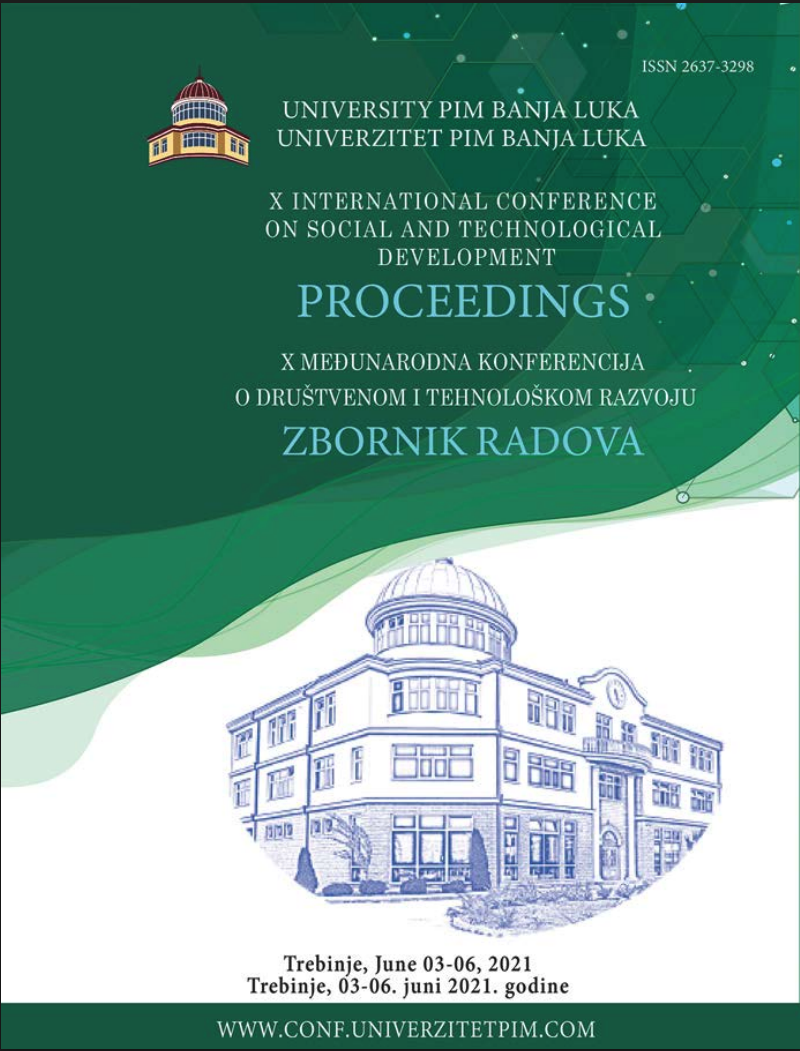
This is an open access article distributed under the Creative Commons Attribution License which permits unrestricted use, distribution, and reproduction in any medium, provided the original work is properly cited.
Department of Medical and Business-Technological Studies, Academy of Vocationall Studies , Šabac , Serbia
Department of Medical and Business-Technological Studies, Academy of Vocationall Studies , Šabac , Serbia
Department of Medical and Business-Technological Studies, Academy of Vocationall Studies , Šabac , Serbia
Thanks to the accelerated development of information and communication technologies, there are numerous tools and programs on the market today that are used for education and training. As a creative scientific discipline, design has the opportunity to apply numerous tools for the realization of its ideas, ideas through numerous projects. One of the tools that has gained great popularity for 3D graphics is Autodesk 3DS Max. It is used in architecture, design, graphics, visualization, medical simulation, forensic expertise, visualization for visual purposes, virtual reality, art. The paper describes materials, their significance, samples, change of parameters in 3DS, some types of shading and application of materials on objects are presented.
The statements, opinions and data contained in the journal are solely those of the individual authors and contributors and not of the publisher and the editor(s). We stay neutral with regard to jurisdictional claims in published maps and institutional affiliations.